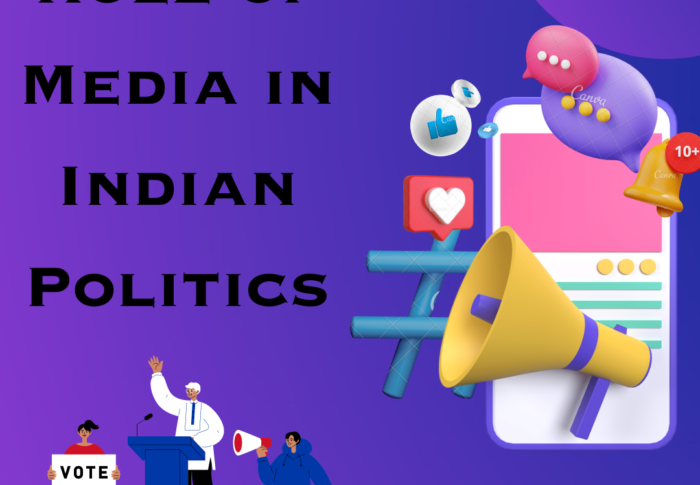
An Overview of Adolescent Health Problems
Keywords – Adolescent, health problems
Author: Dr. Shruti
In a country like India, 21% of the population is adolescents and they are considered as the future of our country. Poor access to education and many other services are responsible for high rates of morbidity and mortality in this age group. To increase the reach, many adolescent programs that focus on education, nutrition, reproductive health, immunization, etc. Major barriers are the lack of information, parent’s education, limited services, etc. Programs should address mental and behavioral aspects of adolescent health as these are important aspects of development and if not addressed, will give ill effects.
Adolescence is also known as young adulthood. It is a significant transformational period in one’s life. This period is of both physical and cognitive development. It consists of people between 10-19 yrs; this period has been categorized into 3 stages-
- Early Adolescence (10-14 yrs) – This period has the significance of physical growth in both genders. This stage is the beginning of puberty.
- Middle Adolescence (15-17 yrs) – In this period, puberty gets completed usually. This stage marks the beginning of changes like independence, self-love, morality, etc.
- Late Adolescence (18-19 yrs) – This period consists of less physical and more cognitive changes. They develop a sense of future planning, their own identity, and stability.
Globally, it has been estimated that 1.2 billion are the adolescent population. In a country like India, 21% of the population is adolescents and they are considered as the future of our country. Poor access to education and many other services are responsible for high rates of morbidity and mortality in this age group. To increase the reach, many adolescent programs that focus on education, nutrition, reproductive health, immunization, etc. Major barriers are the lack of information, parent’s education, limited services, etc. Programs should address mental and behavioral aspects of adolescent health as these are important aspects of development and if not addressed, will give ill effects. Below are the health issues faced by adolescents-
- Infectious Diseases
- Violence
- STI (Sexually transmitted diseases)
- Malnutrition
- Drug and substance abuse
- Mental health disorders such as anxiety, depression, conduct disorder, ADHD (Attention-Deficit Hyperactivity Disorder, Eating disorders)
- Early pregnancy or childbirth
- Unintentional injuries/ Accidents
- Chronic health conditions like cancer, asthma, diabetes, etc.
Infectious Diseases – Diseases such as respiratory tract infections such as pneumonia, diarrhea, HPV (human papillomavirus) are much risky for adolescent’s health. HPV is usually followed by genital warts which further leads to cervical cancer. Here vaccination plays a significant role in decreasing the mortality of adolescents deaths.
Violence – As per WHO, violence is the 4th leading cause of mortality in adolescents worldwide. Male and females are equally victims of violence. It is related to substance abuse and hormonal changes which make young adults more aggressive in nature. It has direct and indirect effects on the physical and mental health of an individual, increasing the level of fear and social stigma. Sexual violence has also affected a larger proportion of youth.
STIs (Sexually transmitted diseases) – It includes gonorrhea, syphilis, Chlamydia, and HIV/AIDS. Out of the mentioned above; HIV/AIDS is being the most common of all. It came into the picture when in 2003; high school students had sexual intercourse without using contraception. This type of inappropriate behavior poses a greater risk for the transmission of infections. In increasing the rate of infection, one of the major factors is no or limited access to services for adolescents.
Malnutrition – In 2016, iron deficiency anemia was considered the second leading cause of death in adolescence. Many children enter this significant period of their life undernourished which poses more risk to their life. On the other hand in this current scenario, people in the age of 10-19 yrs are getting overweight, obese due to zero or low physical activity or binge eating, or any other type of eating disorder. It has been recommended by WHO that an adolescent should do at least 60 minutes of moderate physical exercise each day. A person in this age group has a high demand for protein, calcium, vitamins, and iron as this is the period of physical growth. Also, it has been observed that people in this age used to have food while watching TV also.
Drug and substance abuse – It is one of the greatest risk factors of an adolescent’s life. Substances such as tobacco, alcohol, opium, marijuana are the commonest ones used by adolescents. Some also develop binge drinking patterns. They increase both mortality and morbidity rates. They all have many ill-effects like more violence, sexual abuse, and aggression. They also increase the risk of developing many types of cancers.
Mental Health – Anxiety is the commonest of all mental health disorders in adolescents. Depression comes in second place for the same. It has effects on decision-making power, independence, confidence, sexual abuse, etc.
Early pregnancy and childbirth – Children belonging to lower economic status have performed sexual debut even before the required age for it. It has ill effects like early pregnancy and childbirth. Due to unhealthy females and no access to sex education or family planning, the number of abortions increases which further increases female mortality.
Unintentional injuries/Accidents – They are also considered the leading cause of disability and mortality. Under the influence of substance abuse, young adults not only have taken their own lives but also pedestrians, cyclists, etc.
Recommendations for a healthy life-
Physical Health:
- Regular exercise
- Healthy diet
- Complete vaccination
- Maintaining BMI
- No sleep cycle disturbances
Emotional Health:
- Good communication
- Tell if you are feeling bad about something or have across something bad
- Don’t let others feel you bad
- Ask for help if required
- Watch your anger, appetite, weight loss, etc.
Mental Health:
- Accept and manage tension or stress levels
- Harmonious relation between peers
Behavioral Health:
- Don’t get indulge in substance abuse
- Remember driving precautions
- Avoid violence
For any Query
Mail at info@edumound.com






